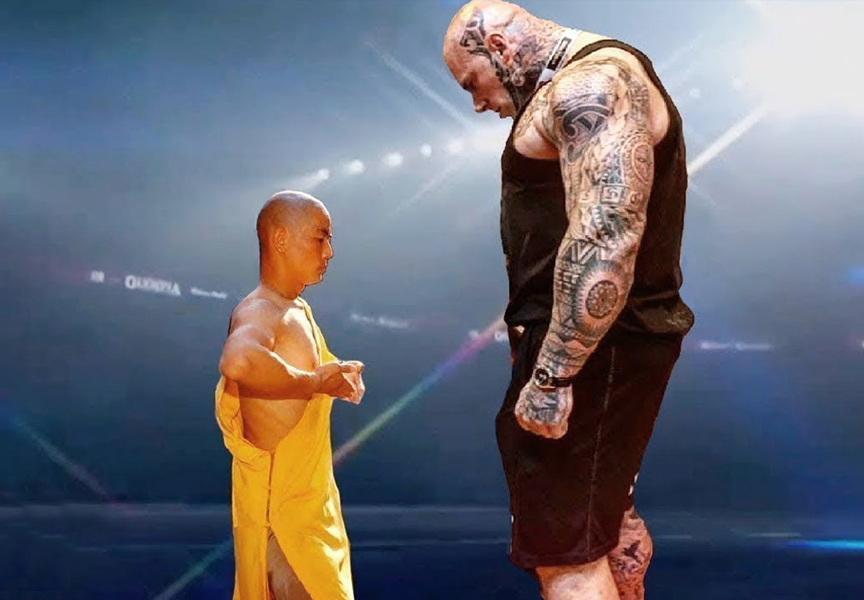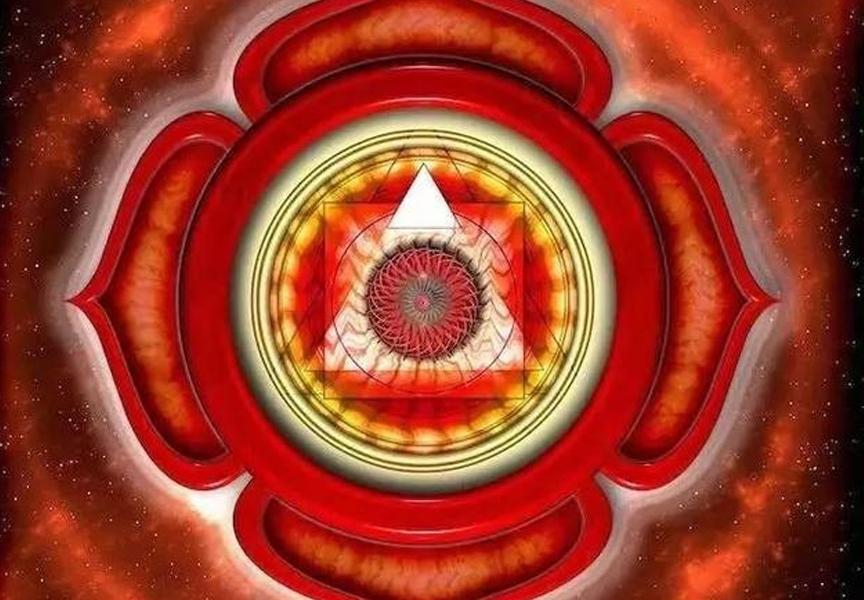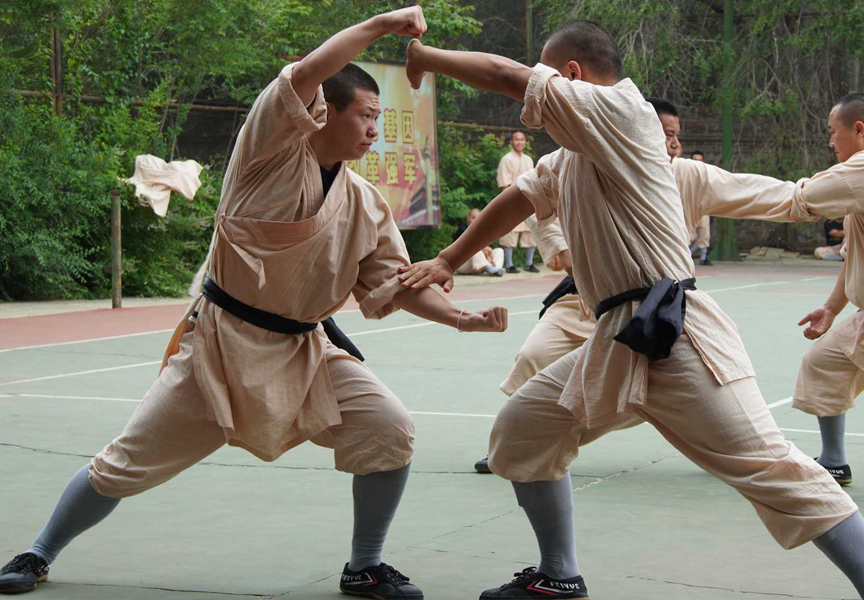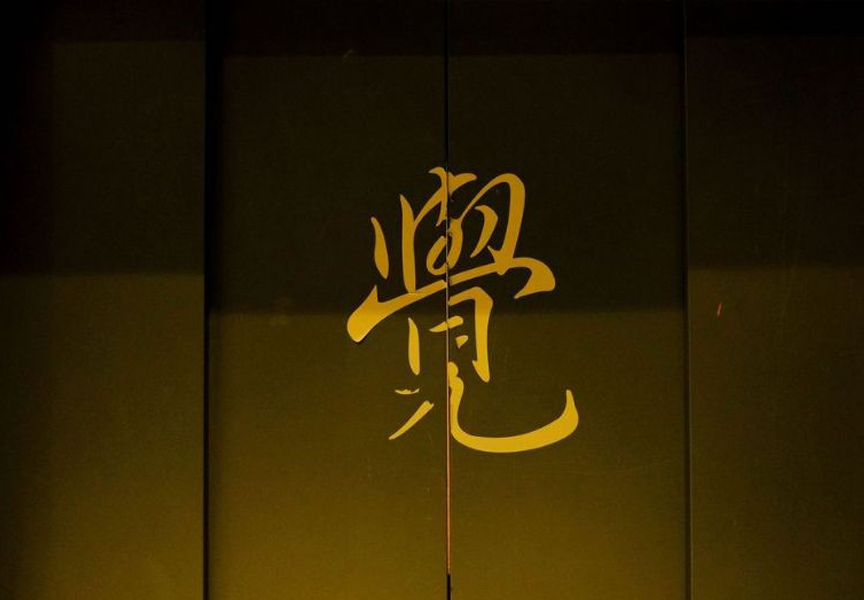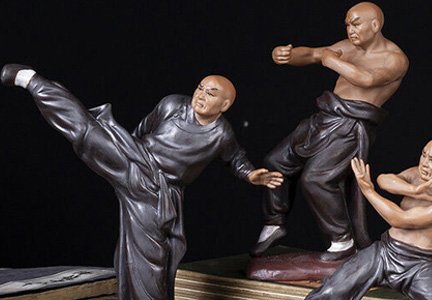Vital internal energy is a Chinese cultivation practice which, according to specific written documents, goes back at least 3000 years ago. During the legendary Chinese ruler's Tang Yao monarchy; qigong art used as a form of dancing. The actual origins of Qi Gong, however, are lost in Chinese prehistory. Qi Gong was practiced during the earliest period in order to maintain good health. In Master Lu's Spring and Autumn records which was completed in 239BC we read: In the beginning of the Tao Tang Tribes, the sun was often shut off by heavy clouds and it rained all the time; turbulent waters overflowed the rivers' banks. People lived a gloomy and dull life and suffered from rigidity of their joints. As a remedy dancing was recommended. From the experience of their long-term struggle with nature, the ancients gradually realized that body movements, exclamations, and various ways of breathing could help readjust certain bodily functions. For example, imitating animal movements such as climbing, looking about, and leaping was found to promote a vital flow of Qi. Pronouncing "Hi" was found to either decrease or increase strength, "Ha" could disperse heat, and "Xu" could alleviate pain. In this way, Qigong was brought into being.
What is meant by Qi?
The concept of Qi is based on the ancient Chinese initial understanding of natural phenomena. That is, Qi is the most basic substance of which the world is comprised. Everything in the universe results from the movements and changes of Qi. Qi is the life energy inside a person. This life energy comes from the combination of three things: the air breathed in through the lungs, essential Qi from the kidney and the Qi absorbed from food and water through the digestive system. Qi circulates throughout the body, performing many functions to maintain good health.
The Formation of Qi
The Qi in the human body is different in classification and formation. But, generally speaking, it has no more than two sources. One is the innate vital substance one inherits from one's parents before birth. The other is the food essence and fresh air one receives from air, water and food in the natural world. The materials obtained in the two ways above have to be processed and transformed by the viscera and bowels before becoming the Qi of the human body.
The process for Qi to be formed is as follows:
The innate vital substance acted on by the kidney comes out of the gate of life (the portion between the two kidneys] and goes up to the middle warmer. There it combines with the food essence coming from the spleen and continues upwards until it combines with the fresh air inhaled by the lung. Finally it turns into Qi. It is easy to see from the above that the Qi of the human body is formed through the joint work of the kidney, the spleen, the stomach and the lung in combining the innate vital substance taken from one's parents, the food essence received from water and food, and the fresh air obtained from nature.
The Functions of Qi
Different kinds of Qi have different functions. Generally speaking, they can be summarized as follows:
1] Promoting Action
Qi is a sort of essence full of vitality. It can help activate the growth and development of the human body, promote the physiological functions of each viscus, bowel, channel, collateral, tissue and organ and speed up the formation and circulation of blood and the metabolism of body fluid as well. For example, if the above functions are weakened as a result of the deficiency of Qi (vital energy], the following will occur: late and slow growth and development of the human body or senilism; weakened functions of viscera and bowels, channels and collaterals, tissues and other organs; insufficient blood formation or stagnation in blood vessels; and disturbance in the metabolism of body fluid.
2] Warming Action
Nan Jing (Classic on Medical Problems] says: "Qi has a warming action." Qi is the main source of the heat needed by the human body. The body keeps its constant temperature mainly through the warming action of its Qi. A deficiency of Qi can cause lowered body temperature, intolerance to cold and cold limbs.
3] Defending Action
The defending action of Qi is shown in two aspects. One is to guard the surface of the skin against the exopathogen. The other is to combat the invading exopathogen so as to ward it off. When the defending function of Qi is normal, the exopathogen has difficulty in invading the body, even though it may obtain entry, it is not certain to cause any disease. If it does cause a disease, this disease is easy to cure. When the defending function of Qi becomes weaker, when the ability of the human body to fight the exopathogen is lowered, the body is easily invaded and diseases are caused. And what is more, these diseases are hard to cure.
4] Consolidating and Governing Action
By "consolidating and governing action", we mean that Qi has the ability to command, control and consolidate the liquid substances and organs in the abdominal cavity. This is done by:
a. Keeping blood flowing within the vessels;
b. Controlling and adjusting the secretion and excretion of sweat, urine and saliva, and preventing the body fluid from escaping;
c. Consolidating and storing sperm and preventing emission and premature ejaculation;
d. Consolidating the organs so as to prevent them from descending.
A decrease in the above functions of Qi may cause various kinds of hemorrhage, spontaneous perspiration, polyuria, salivation, spermatorrhea, premature ejaculation, prolapse of the stomach, kidney and uterus.
The consolidating and governing action and the promoting action of Qi oppose each other and yet also complement each other. On the one hand, Qi has the function of promoting the circulation of blood, and the transportation and distribution of body fluid. On the other hand, it also has the function of controlling and adjusting the movement, secretion and excretion of liquid substances in the body. The coordination and balance of these two functions are essential for maintaining normal blood circulation and water metabolism within the body.
5] Promoting Metabolism and Transformation
"Qi hua" is a specific term in the science of TCM (Traditional Chinese Medicine]. It refers, in general, to various kinds of changes taking place in the body under the action of Qi. Specifically, it refers to the metabolism of fundamental substances, vital energy, blood and body fluid, and the transformations which can occur between them. For example, vital energy, blood and body fluid are formed in the following manner: ingested food is changed into food essence, and food essence is, in turn, transformed into vital energy, blood or body fluid, and these can then be changed into any one of the others according to the physiological need of the body.
The waste from the eaten food and the products produced in the course of metabolism are changed, separately, into feces, urine and sweat which are ready to be removed from the body. All these are the specific manifestations of the action of the activity of Qi. The dysfunction of Qi in performing its action will affect the whole metabolism of the body. That is to say, it will affect the digestion, absorption, transformation and transportation of food: the formation, movement and transformation of vital energy, blood and body fluid; and the excretion of feces, urine and sweat; thus causing various symptoms associated with abnormal metabolism.
In short, the process in which Qi performs its functions is the process in which the substances in the body are metabolized, and in which the substances and energy are transformed.
Although the above five functions of Qi are different, they enjoy close cooperation and mutual support.
Excerpt from the Book
"Shaolin Wu Gong - The Martial Arts of Shaolin Temple "
VOLUME 1 | ISBN: 978-618-80566-3-3
Posted by Author's permission
